June 4, 2015
Third of working women feel disadvantaged in the workplace
 One in three (31%) successful working women in the UK say that men are offered greater opportunities at work, according to new research by Badenoch & Clark. The research claims that the glass ceiling is still a barrier to women in the workplace and this is especially true in typically male-dominated professions such as law and the IT industry. 58 percent of women in the private sector say that their organisation had leadership and development programmes compared to only 48 percent of women in the public sector. When asked why men are offered more opportunities, over half of the women surveyed (57%) said it was because of an unconscious gender bias with male-dominated senior teams preferring to recruit, mentor and measure performance in their own image. This suggests that the challenging issue of gender bias cannot be resolved through development programmes alone.
One in three (31%) successful working women in the UK say that men are offered greater opportunities at work, according to new research by Badenoch & Clark. The research claims that the glass ceiling is still a barrier to women in the workplace and this is especially true in typically male-dominated professions such as law and the IT industry. 58 percent of women in the private sector say that their organisation had leadership and development programmes compared to only 48 percent of women in the public sector. When asked why men are offered more opportunities, over half of the women surveyed (57%) said it was because of an unconscious gender bias with male-dominated senior teams preferring to recruit, mentor and measure performance in their own image. This suggests that the challenging issue of gender bias cannot be resolved through development programmes alone.




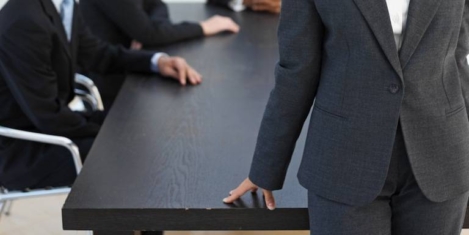






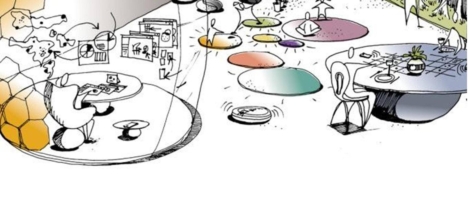
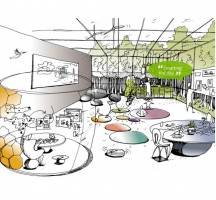
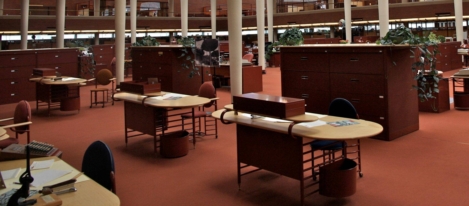
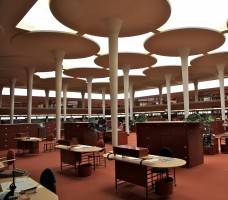


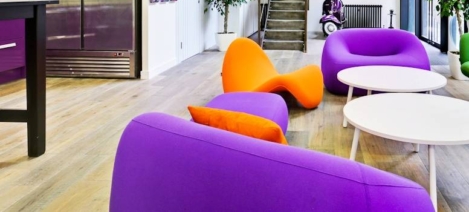
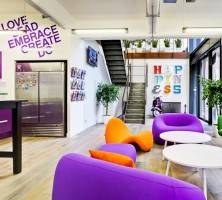


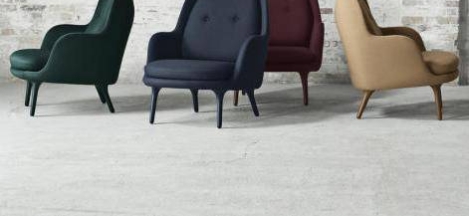









June 2, 2015
Five of the most noticeable ways your office has got it in for you
by Justin Miller • Comment, Furniture, Lighting, Wellbeing, Workplace design
(more…)